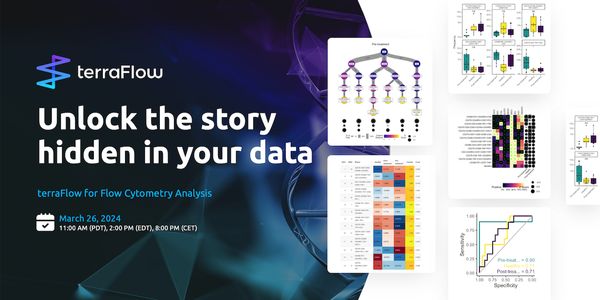
-
Wiley Hall, PhD
Director of Research Chemistry, DFA of CaliforniaBIOGRAPHY
The export of tree nuts to the European Union (EU) is subject to a maximum residue limit (MRL) of 1.5 ppm for the fungicide fosetyl-Al. As fosetyl-Al readily hydrolyzes to phosphonic acid, the residue of fosetyl-Al is quantitated as the “sum of fosetyl, phosphonic acid, and their salts”. Unfortunately, phosphonate in tree nut extracts can originate from several sources other than fosetyl-Al, particularly when analyzed according to the EURL-SRM method, and if levels of fosetyl-Al exceed the MRL it impacts the export of tree nuts to the EU from the US (valued at $2.7 billion in 2014). The results from a multi-instrument, inter-laboratory study have recently demonstrated the limitations of the current EU methodology, which include:: poor extraction efficiency in tree nuts, low repeatability and of particular concern, false positive results obtained when high levels of phosphate (regularly found in California tree nuts) are present. In this presentation we will discuss the use of capillary electrophoresis, coupled to tandem mass spectrometry (CESI-MS/MS), an orthogonal technique to LC-MS/MS, which has been found to offer a promising alternative addressing these challenges.
Learning Objectives:
- Learn about the challenges the tree nut industry is currently facing for exporting tree nuts into the EU
- See the results produced from a multi-instrument, inter-laboratory study demonstrating the limitations of current methodology for the analysis of fungicides.
- Learn about an alternative CESI-MS/MS based methodology for analyzing fungicides which overcomes the limitations and technical challenges present with currently utilized methods.
Please update your information
Certificate of Attendance
DOWNLOAD CERTIFICATE
Finish Registering
-
APR 30, 2024Immuno-Oncology Virtual Event Series 2024
-
MAY 07, 20243rd International Biosecurity Virtual Symposium
-
MAY 23, 2024For the Love of Digital PCR 2024
- See More
-
APR 25, 2024
- See More













































